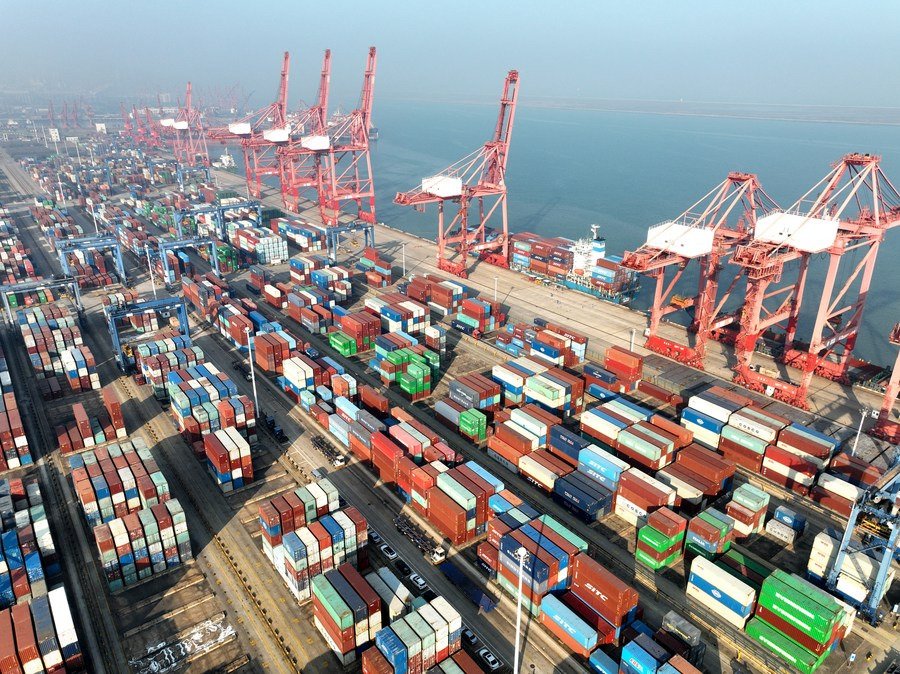Dubai, UAE–Trade in goods and services amounted to US$ 31 trillion in 2022, a 13% rise year-on-year.
According to the World Trade Statistical Review 2023, issued by the World Trade Organization, while trade in goods exceeded pre-pandemic levels already in 2021, trade in services caught up in 2022.
China remained the top merchandise exporter in 2022 but its share in world exports declined to 14% (from 15% in 2021). The United States (8% of world trade) and Germany (7%) were ranked in second and third positions.
The share of manufactured goods in world merchandise exports fell to 63% in 2022 (versus 68% in 2018) mainly due to high energy prices limiting demand.
Trade in transport services continued to grow in 2022, although at a slower pace than in 2021 as shipping rates returned to pre-pandemic levels.
Intra-regional merchandise trade represented 65% of Europe’s world trade in 2022, the highest amongst the major world regions. The lowest was for Africa (14% in 2022, down from 16% in
2018).
The value of merchandise trade expanded at a faster pace across the globe than volume in 2022, inflated in part by high global commodity prices.
World exports of fuels and mining products increased on average by 19% per year between 2019 and 2022, reaching a value of US$ 5,158 billion in 2022. Their share in world exports increased
by 4 percentage points during this period, rising to 21% in 2022.
Excluding “other manufactured goods”, chemicals (US$ 3,010 billion) and office/telecom equipment (US$ 2,512 billion) had the highest shares – 20% and 16% respectively – in world exports of manufactured goods in 2022.
Automotive products (US$ 1,518 billion) represented 10% of the global total. It presents recent trends in international trade at a time of geopolitical and macroeconomic strains and technological challenges affecting the global economy and supply chains.
The United States overtook Japan as the second-largest exporter of automotive products in 2022. Among the top 10 exporters, China increased its exports the most, recording a 30% increase.
World exports of intermediate goods (IGs) – inputs used to produce a final product – fell from a 9% year-on-year increase in quarter 1 of 2022 to a 10% decline in Q4. In value terms, they remained stable compared to 2021, amounting to US$ 9.7 trillion.
Weakness in the exchange of industrial inputs in supply chains was largely due to a 0.3% decrease in exports of manufacturing supplies, parts and accessories, which represent more than 85% of IGs. Food supply chains remained the most resilient sector, with a 15% increase in 2022.
Exports of intermediate goods declined in Europe and Asia in 2022, by 1.8% and 1.2% respectively. North and South America, however, saw an increase of 5.7%. An increase in South and Central America’s exports of industrial inputs in 2022 (8.5%) was mostly due to Brazil’s supplies of raw and processed soybean products, which grew by 27% (representing 28% of its IG exports).
The World Trade Statistical Review 2023 looks into the latest developments in world trade, featuring key data on global trade in merchandise and commercial services.








